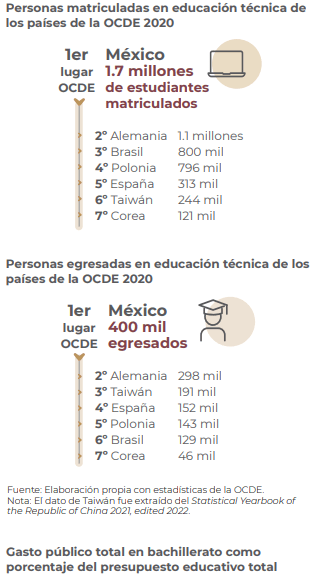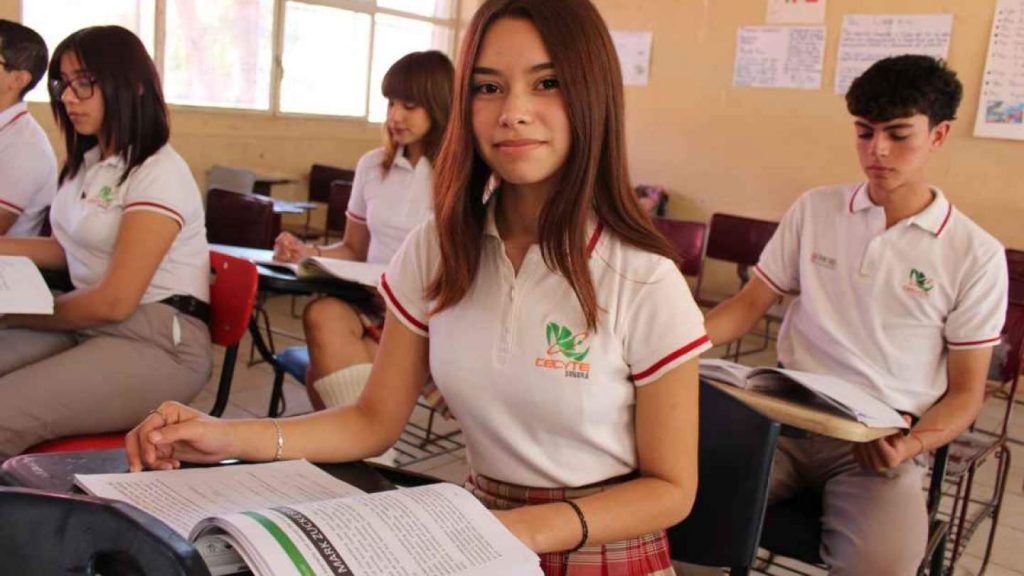Mexico‘s Ministry of Economy highlighted the number of technical education graduates and the opportunities for nearshoring in the country.
To take into account: relocation is a strategy in which a company brings all or part of its production closer to the final consumer, reducing costs and avoiding logistical setbacks.
In recent years, many companies around the world have begun to consider this as an alternative, mainly to avoid problems in the supply chain.

Therefore, technical education is a competitive advantage that Mexico has to take advantage of offshoring.
According to the Ministry of Economy, the Mexican technical high school is one of the largest in the world, is linked to the private sector and specializes in key industries for economic growth.
Higher secondary education has three educational models: general or propaedeutic, technological and technical professional and these are operated by different subsystems.
Technical Education
In the technological and professional technical high school, students between the ages of 15 and 17 pursue technical careers focused on the fields of industry, services, commerce, agriculture and livestock, fishing and forestry.
According to the Ministry of Public Education (SEP), the estimated number of technical graduates will reach 407,000 people in 2021-2022.
Of these, 21% come from careers such as Programming, Computer Support and Systems Maintenance; and 8% graduate from careers related to Electromechanics, Automotive Industry, Motors and Industrial Maintenance.
Technical education at the upper secondary level is composed of the following subsystems: General Directorate of Industrial and Service Technological Education (DGETI), College of Scientific and Technological Studies (CECyTEs), General Directorate of Agricultural and Livestock Technological Education and Marine Sciences (DGETAyCM) and the National College of Technical Professional Education (Conalep).

